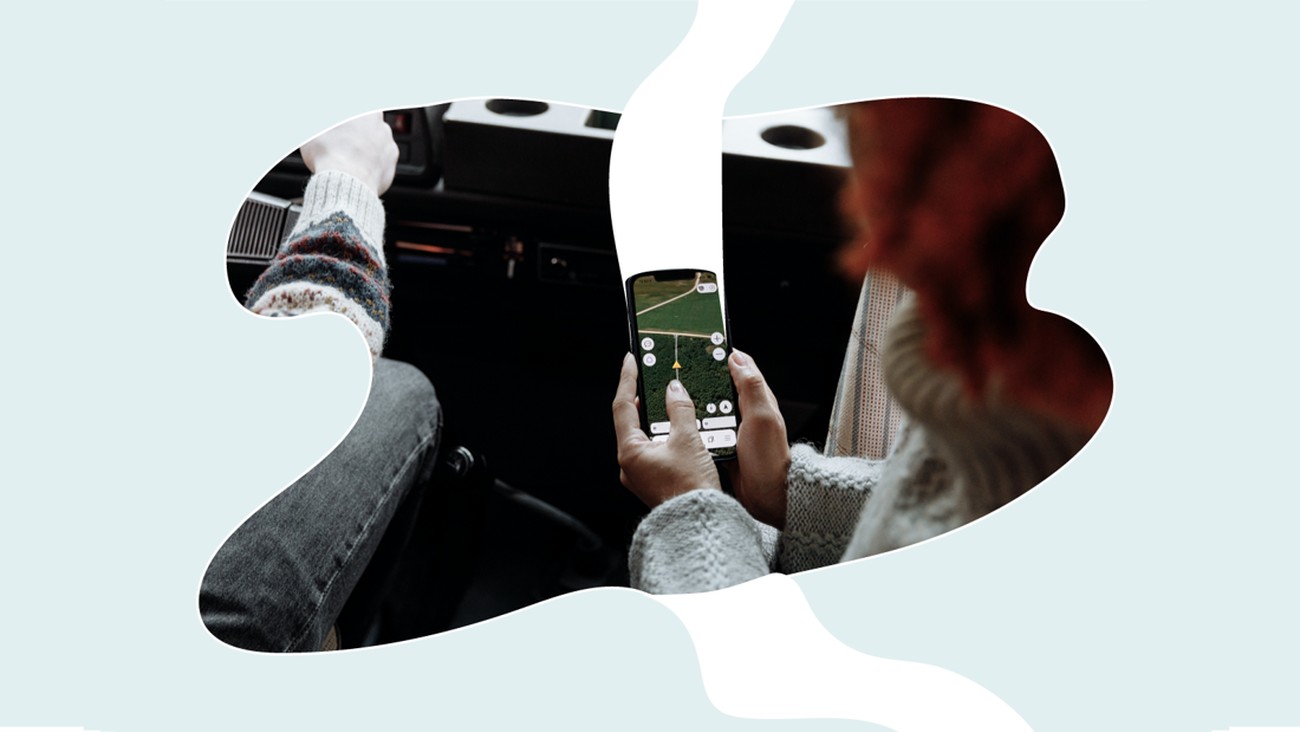It often occurs when women are told to lead the way by using maps, they always go someplace far, take the longest route to reach the destination, or even worse, get lost. This has become one of the gender stereotypes for women that the majority of them suck at reading maps, compared to men. Despite how some women find themselves being fine driving with the direction given by maps, most of them struggle to do this themselves. Therefore, the tension between women and the direction given by maps is somehow phenomenal. But, is there any significant reason why this only happens to most women?
Reading maps relies on spatial awareness that includes the ability to picture the shape of things in mind, the dimensions, coordinates, proportions, and movement. This also involves being able to imagine an object being rotated in space. According to Allan and Barbara Pease-the authors of Why Men Don't Listen And Women Can't Read Maps-men are scientifically acknowledged to have superiority in spatial skills because, through brain scans, men have specific areas on the right side of the brains dedicated to spatial ability. Whereas women do not have this ability. Women's spatial ability is located in both brain hemispheres for women but it doesn't have a specific measurable location like men do.
It is also said that the male hormone-testosterone-helps the improvement of spatial ability while the female hormone-estrogen-suppresses it. Even though the level of this hormone can fluctuate from one moment to another, like how it affects women during menstruation, the more feminine and the more dominant the estrogen level of a woman, the worse they are likely to have the spatial ability, and in this case reading maps direction.
Dr Michael Tlauka, an expert in gender differences and spatial ability from Flinders University also stated that spatial ability is based in both nature and nurture. As how we all know that little boys are more likely to be given toy cars to play with. By pushing and playing around with these toys, males are adjusted to the idea of spatial concepts since younger ages, while little girls are hard to develop spacial concepts by dressing up a barbie doll. Male with spatial ability is also supported by parenting nurture when they are more likely to be provided activities such as soccer, basketball, video games, and any kind of activities that need them to understand positioning and direction.
Another reasoning to why women are hard with direction is based on the different strategies in terms of navigation. According to a researcher from the Norwegian University of Science and Technology (NTNU), Carl Pintzka, men's brain has the tendency to focus more on the navigation process to reach a destination. Therefore in reading a map, men look at the destination and go to that location based on the compass directions. Meanwhile, women see destinations in a different way. Yes, women generally see and memorize the route to reach the destination. Well, according to experts, the way men use compass directions as a guideline is considered more effective in navigating.
Furthermore, another reason women have difficulty reading maps, according to Pintzka, is because of the different performances of the male and female brains in terms of navigation. When looking for directions, men use more of the hippocampus of the brain, which is the part of the cerebrum that plays a role in memory and room navigation. Meanwhile, women use the frontal lobe, which is the part of the brain that controls movement, speech, behavior, memory, emotions, and personality.
Well, this part of the brain also plays a role in intellectual functions, such as thought processes, reasoning, problem solving, decision making, and planning. Pintzka says this difference in brain performance at navigation means that women are better at remembering details in their surroundings, while men are better at remembering locations in general. According to scientists from the University of California that stated, "Men tend to solve navigation tasks by using orientation-based strategies involving distance concepts and cardinal directions, whereas women tend to base their activities on remembering the location of landmarks and relative directions, such as 'left from', or 'to the right of'."
Now that you know why most women find it difficult to read a map by themselves, don't rely too much on them in this case despite how experienced they say they are. At one point, they'll give up on the maps once two lanes are ahead of them, one that takes you to a highway and the one that goes beneath.
(DIP/tim)


